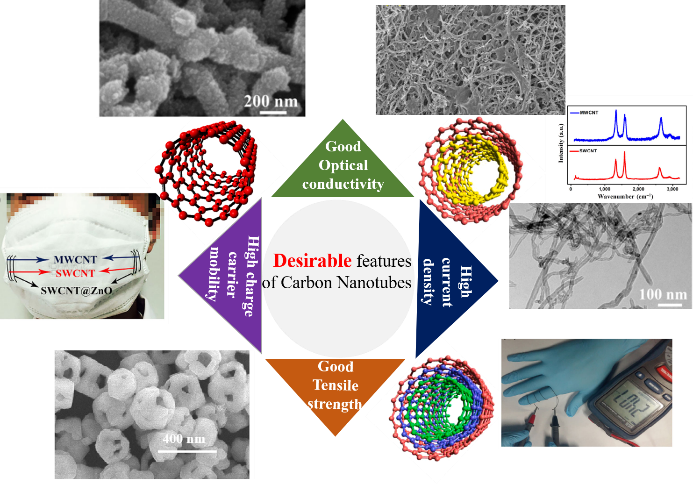Authors
Gulshan Verma, Ankur Gupta
IIT Jodhpur, India
Abstract
Technological expansion in nanotechnology have given upsurge to a new generation of functional organic nanomaterials with well-defined characteristics and controlled shape, allowing for a large number of possible applications. Innovative detection systems for the reliable and timely monitoring of dangerous gases in industrial processes and the environment are vital for maintaining optimum health and safety. In this context, semiconductor metal oxides, polymers, and carbon-based materials are often utilized materials for the applications of gas sensing. Metal oxide gas sensors are low-cost and have good sensitivity, however, they frequently demand higher working temperatures above ~120°C. Polymer-based gas sensors, on the other hand, are generally used to detect volatile organic compounds (VOCs) and have a high sensitivity and quick response, but they are prone to irreversibility and instability over time. Carbon-based gas sensors are becoming increasingly popular due to their unique characteristics and high sensitivity. Carbon nanostructures, such as carbon nanotubes (CNTs), are generally recognized as prospective nanomaterials for developing a new gas sensor with important nanotechnology implications. Carbon nanotubes have sparked a lot of interest because of their great surface-area-to-volume ratio, chemical inertness, nanoscale architecture, and hollow core, all of this makes them appealing for nanotechnology applications currently and in the future. This review work covers the current state-of-the-art work and advancements in gas sensors development based on organic nanomaterials; carbon nanotubes in particular.
Published In
Journal of Materials NanoScience
This article is published in thematic issue on : Recent trends in Gas sensing research in India
